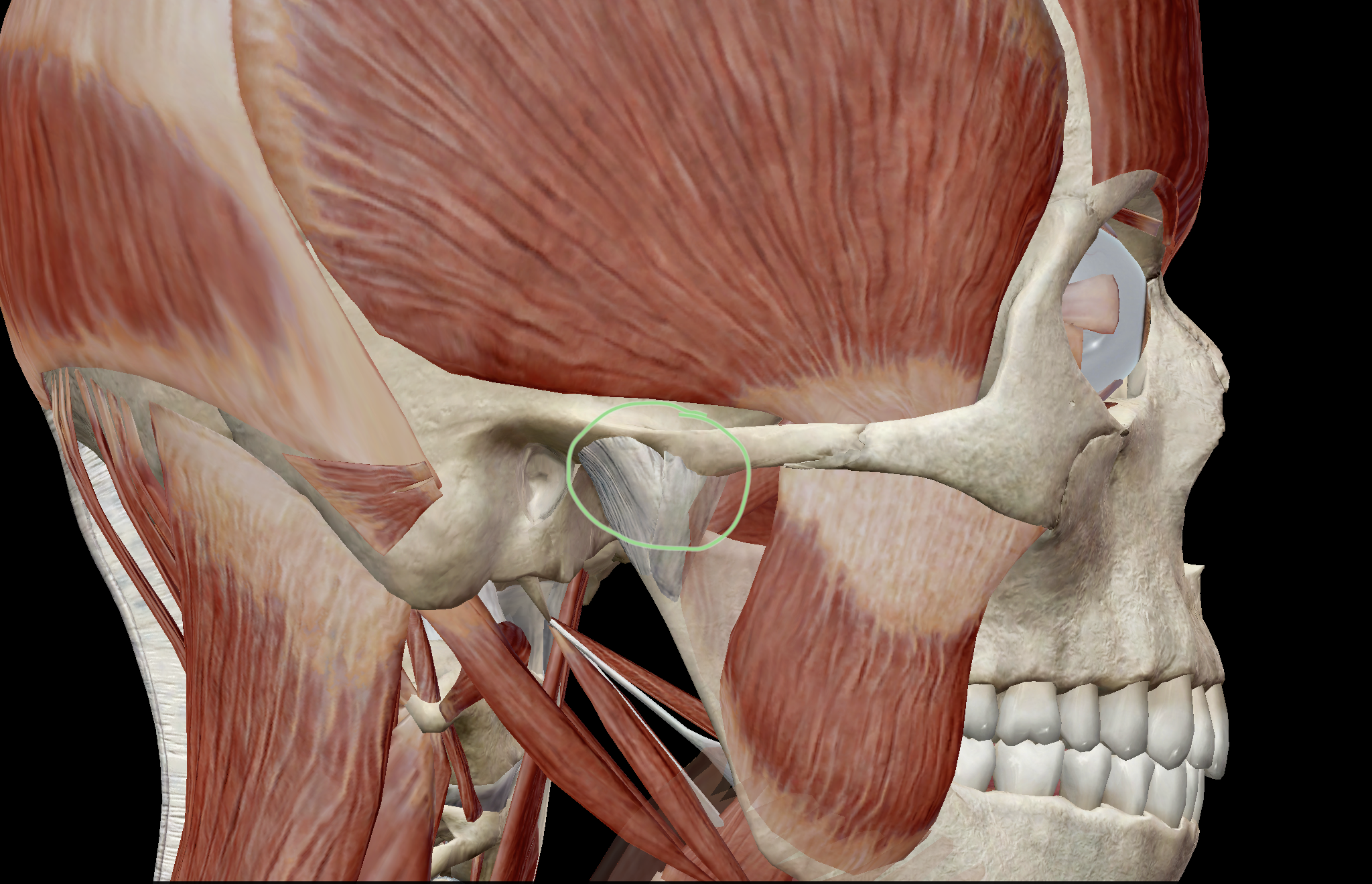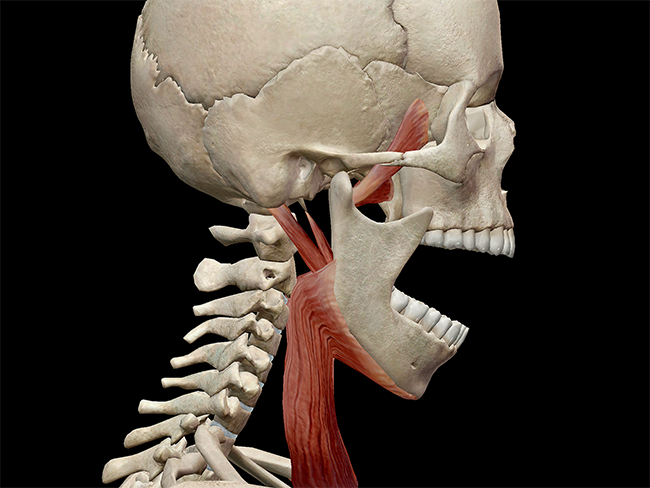Posted on 9/9/16 by Madison Oppenheim
Now, I love singing along to the newest Taylor Swift song alone in the car as much as the next gal, but this essential part of my drive to work wouldn't be possible without today's unsung hero: the temporomandibular joint (TMJ).
The TMJ gets a bad rap because most people associate it with its disorder, which is so unfair. The TMJ and its accomplices are fundamental in allowing jaw movement. Sing along with Swift? TMJ. Open your mouth to let out a bone-crackingly good yawn? TMJ. Yell at characters in horror movies who are stupid enough to open the door? TMJ.
 Image captured from Muscle Premium.
Image captured from Muscle Premium.
If you suffer from the pain associated with temporomandibular disorder, or TMD, it may feel like Swift’s "Shake It Off" turns into R.E.M.'s "Everybody Hurts."
The pain is usually concentrated around your jaw and temporomandibular joints, but can also be in and around your ear, as well as your face. You may also have difficulty opening and closing your mouth or chewing.
 Image captured from Muscle Premium
Image captured from Muscle Premium
TMD can be caused by a variety of things, including arthritis, dislocation, injury, tooth and jaw alignment, and teeth grinding.
If you have pain or tenderness in your jaw or can't close your jaw completely you should see your doc and get it checked out.
I don't know about you, but whenever I hear about issues with my mouth, my first thought is "When can I eat again?"
With TMD sometimes symptoms go away without treatment, but if not, there are plenty of ways to get you back to your gummy bears, pretzels, apples (since it’s important to touch upon nutrition), and Snickers bars.
Medications like anti-inflammatories, pain relievers, tricyclic antidepressants, and muscle relaxants can improve your symptoms, and nondrug therapies are also beneficial.
Mouth guards, physical therapy, and counseling are all options to inform you and help with symptoms. Your doctor may recommend certain procedures if the treatments above aren’t satisfactory, including corticosteroid injections and arthrocentesis (in which fluid is injected into the joint so it can remove debris/inflammation).
There are also a few surgical options available if more conservative approaches don't work. In TMJ arthroscopy, a small cannula is placed into the joint space and has fewer risks than open-joint surgery. With modified condylotomy, the surgery is performed on the mandible and not the joint itself, and is helpful for the treatment of pain. Finally, there’s also open-joint surgery, which may sound frightening, so make sure to speak with your doctor about all the pros and cons.
Now next time "We Are Never Ever Getting Back Together" comes on the radio, you can thank your TMJ for letting you sing along.
Be sure to subscribe to the Visible Body Blog for more anatomy awesomeness!
Are you a professor (or know someone who is)? We have awesome visuals and resources for your anatomy and physiology course! Learn more here.
Additional Sources:
When you select "Subscribe" you will start receiving our email newsletter. Use the links at the bottom of any email to manage the type of emails you receive or to unsubscribe. See our privacy policy for additional details.
©2025 Visible Body. All Rights Reserved.